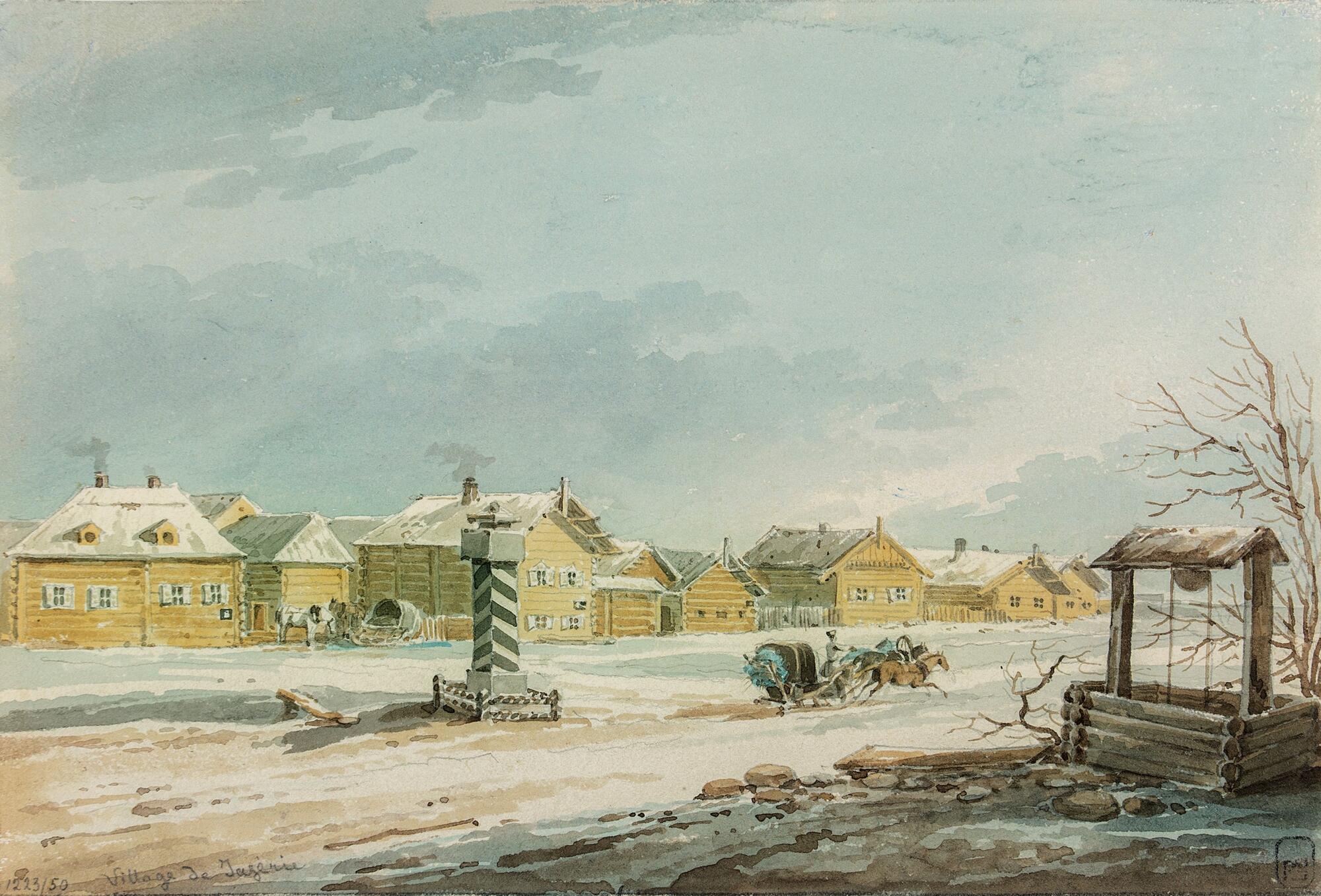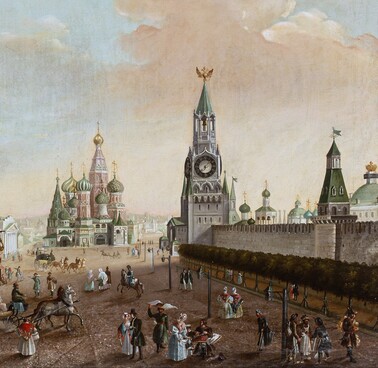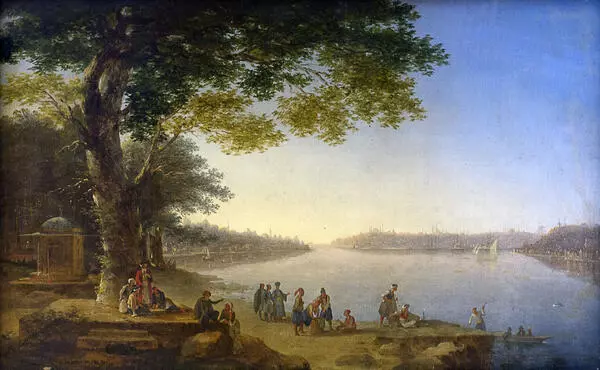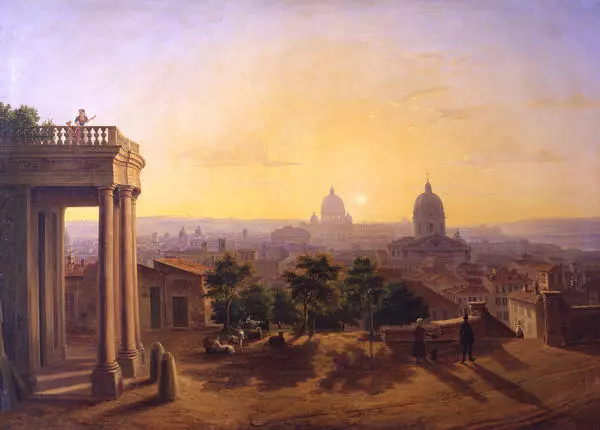The presented watercolor by the artist Maksim Vorobyov depicts a plot familiar to everyone: a troika of horses drawing a cart gallops along a snowy village street. In the foreground on the right is a well, and in the center is a distance marker (a milepost). Mileposts indicating the distance between cities began to be installed in the 16th century, and the road on which such post stood was called “stolbovaya” from the Russian “stolb” — “a pillar”.
In 1764, Empress Catherine II ordered the installation of stone mileposts of a common design on all the main roads. The height of such a post was 10 meters. They were made in the workshops of St. Isaac’s Cathedral in St. Petersburg. The production of granite and marble posts was quite burdensome for the treasury, and in 1817, by an order of Alexander I, wooden pillars with slanting black and white stripes were installed. This design ensured better visibility.
Traveling was a huge part of Pushkin’s life. Researchers have estimated that only on postal roads and highways during his life he traveled about 35,000 versts (the Russian verst is equal to about 1,06 kilometers), visiting hundreds of provincial and county towns, villages, and estates, stopping at numerous postal stations where he would change horses. The poet did not have a carriage of his own, hence, he traveled post, hiring state-owned horses at post stations. He was required to have a posting ticket — a document that indicated the route, the surname and position of the person traveling, as well as the purpose of the trip. The number of horses for hire was strictly regulated.
Pushkin, who received the rank of collegiate
secretary after graduating from the Lyceum and became a titular adviser in
1831, had the right to hire three horses. Travel poetry occupies a significant
place in Pushkin’s oeuvre: there are many poems on the topic of roads and
travel. Such motifs can be found both in poetry and prose: they include images
of coachmen and station keepers, descriptions of adventures, stations, carts
and sleighs.







